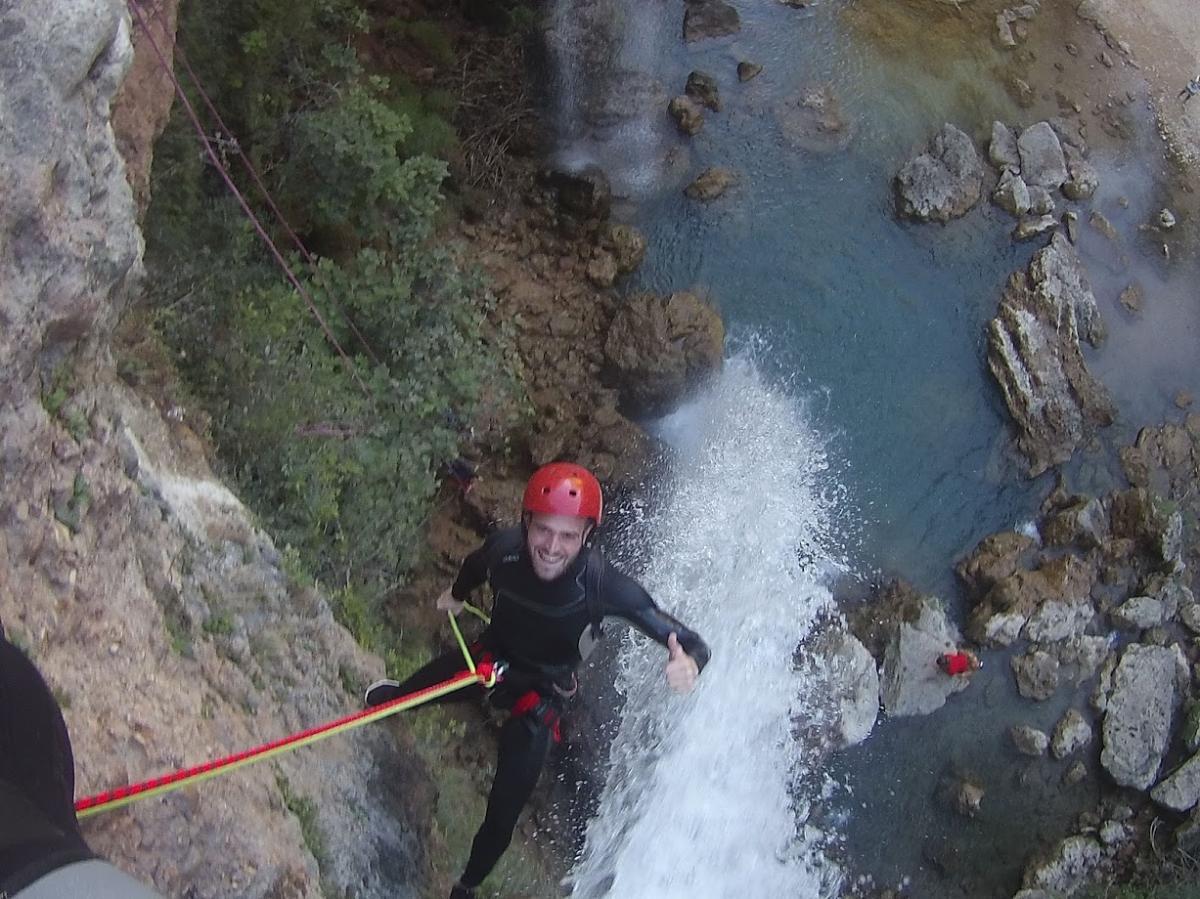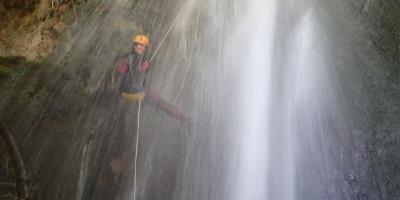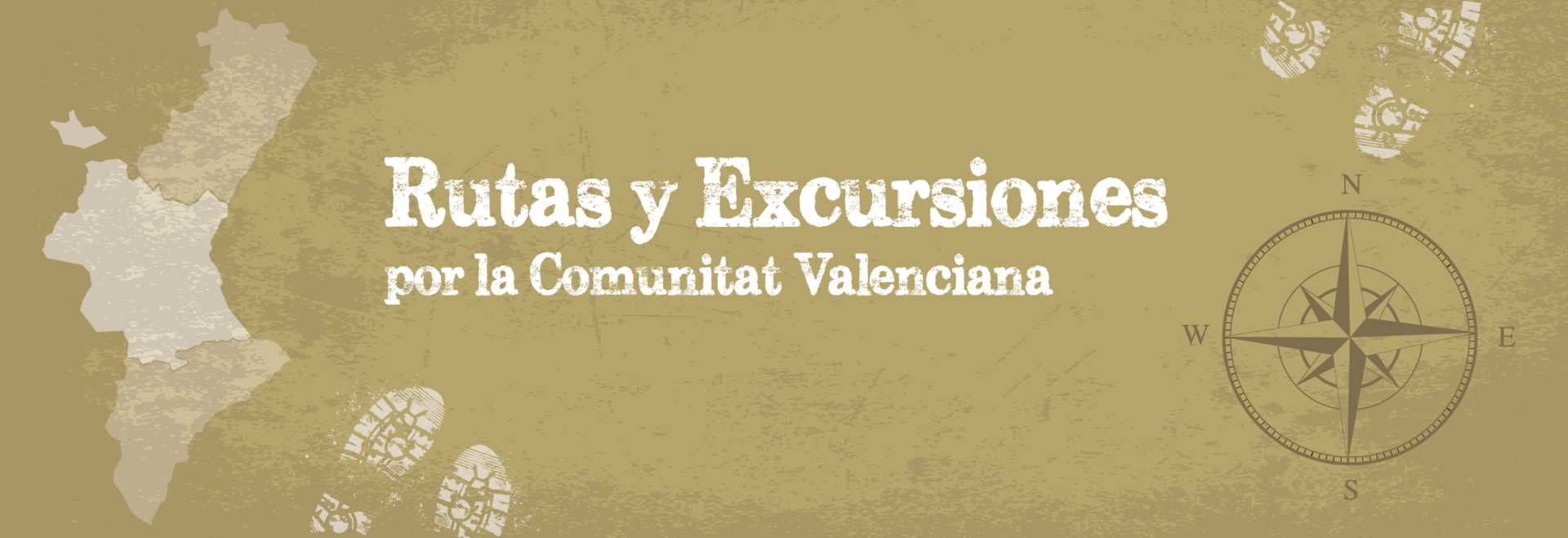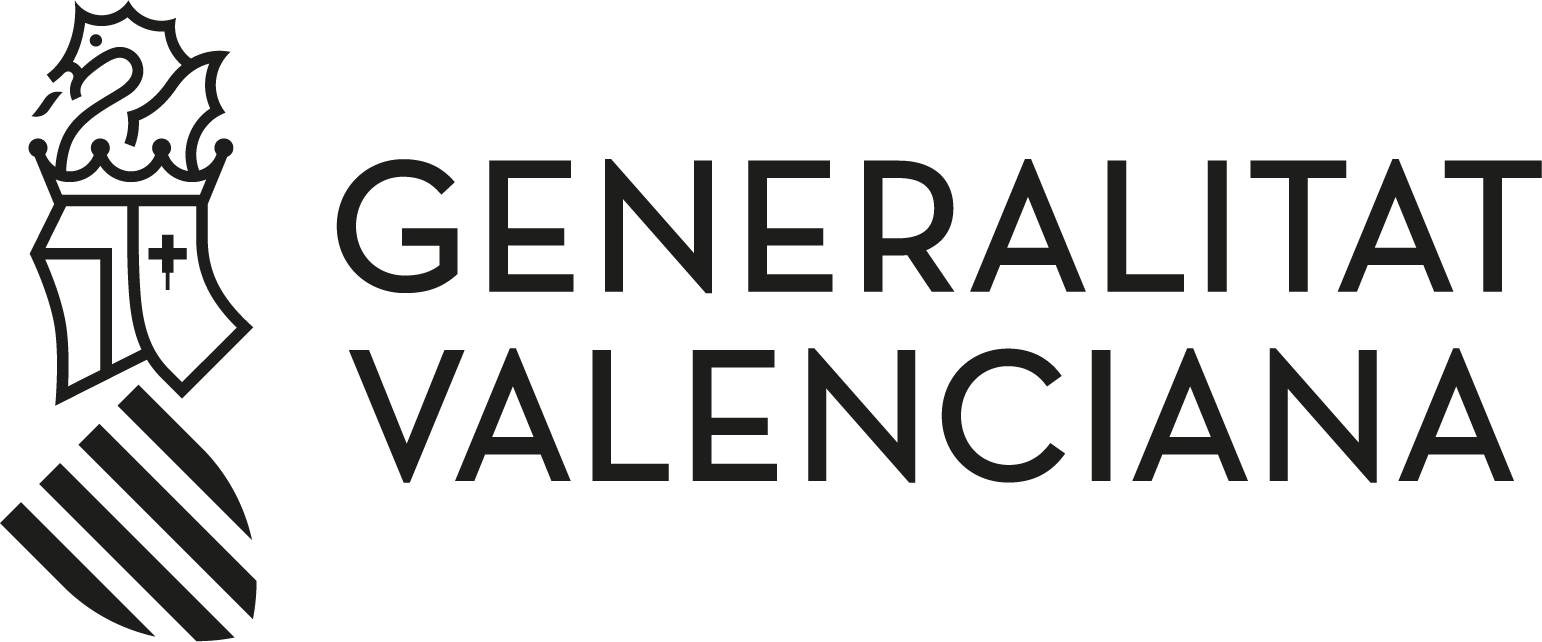Millares
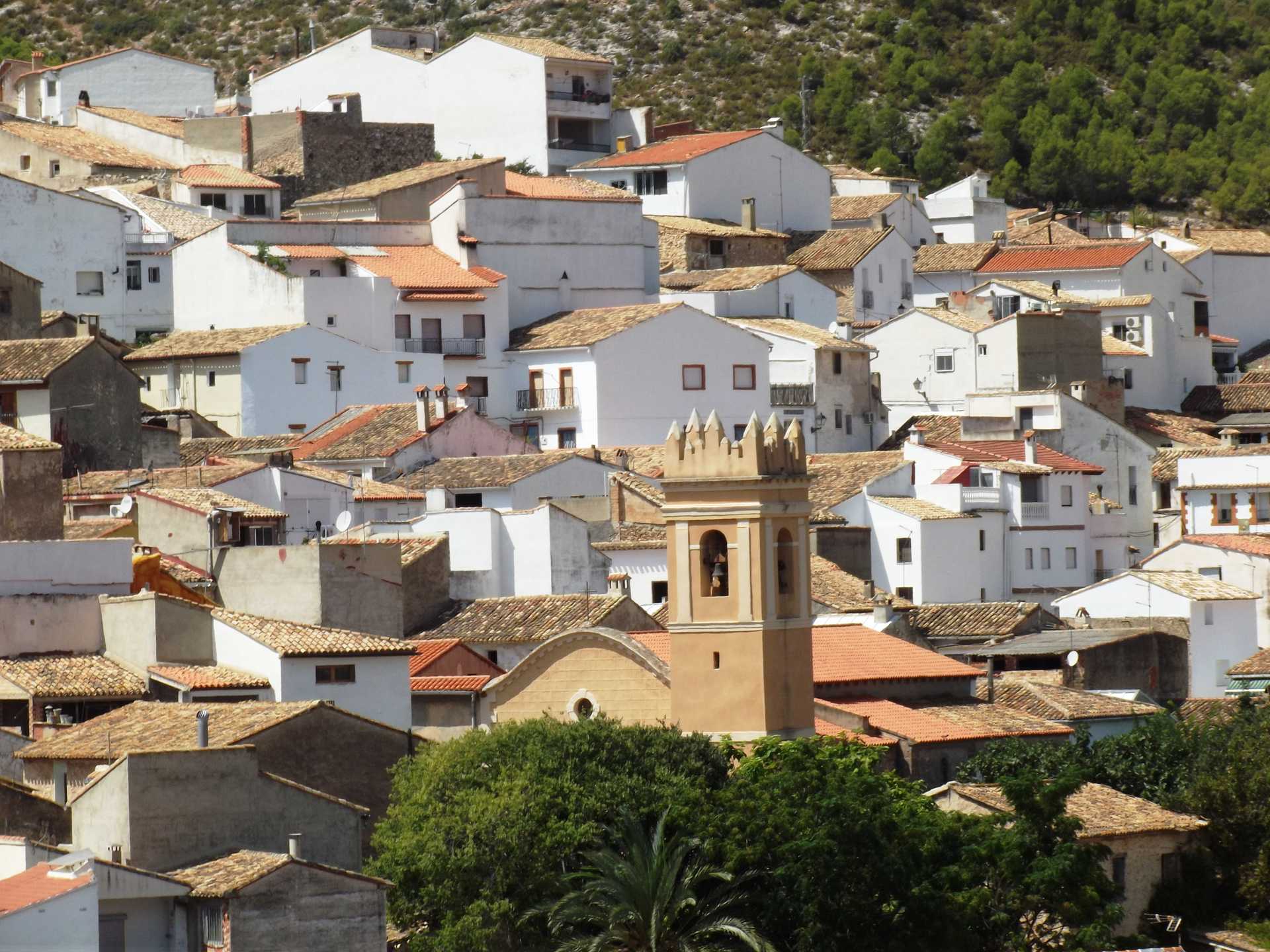
Multimedia Gallery
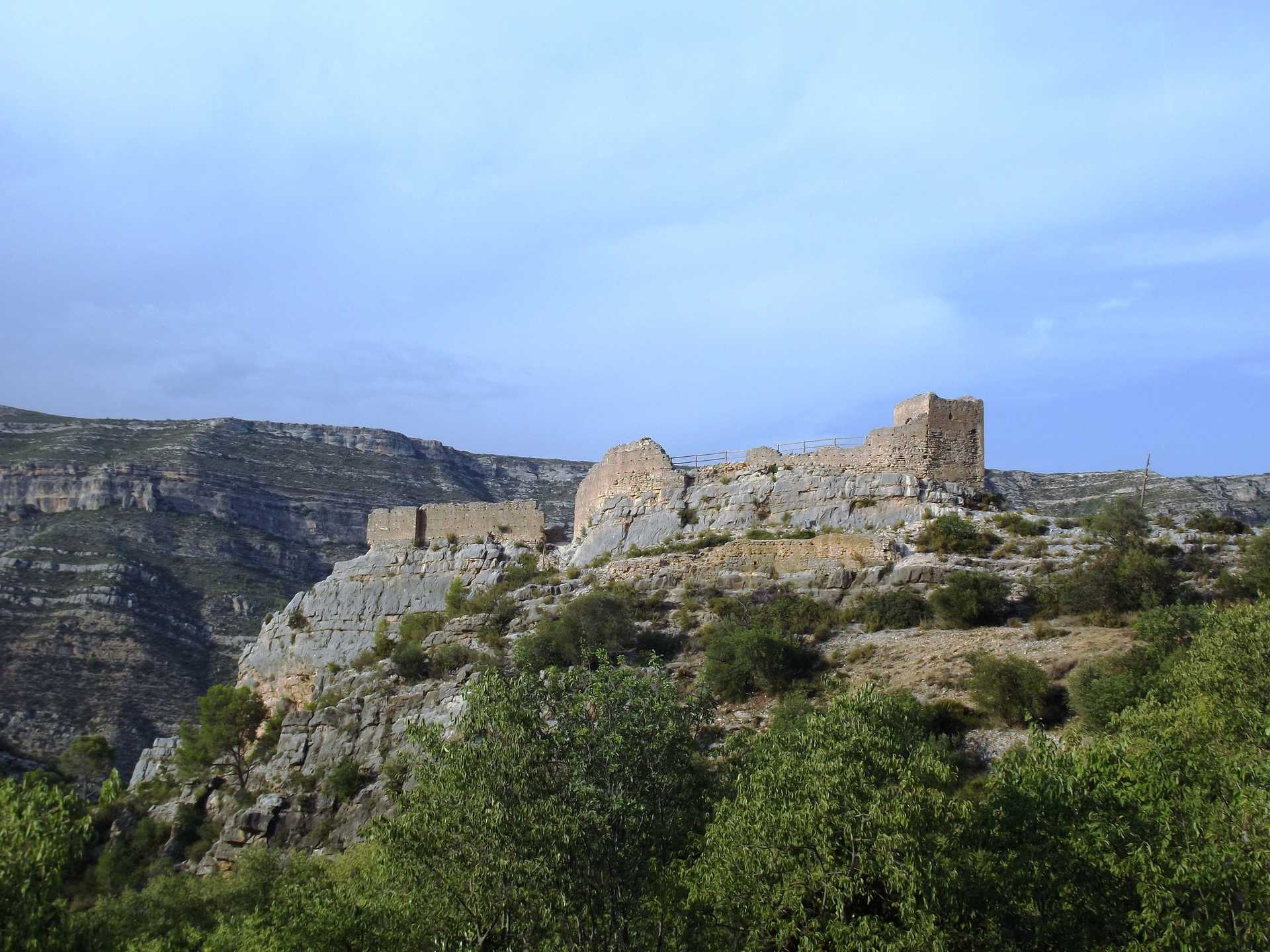

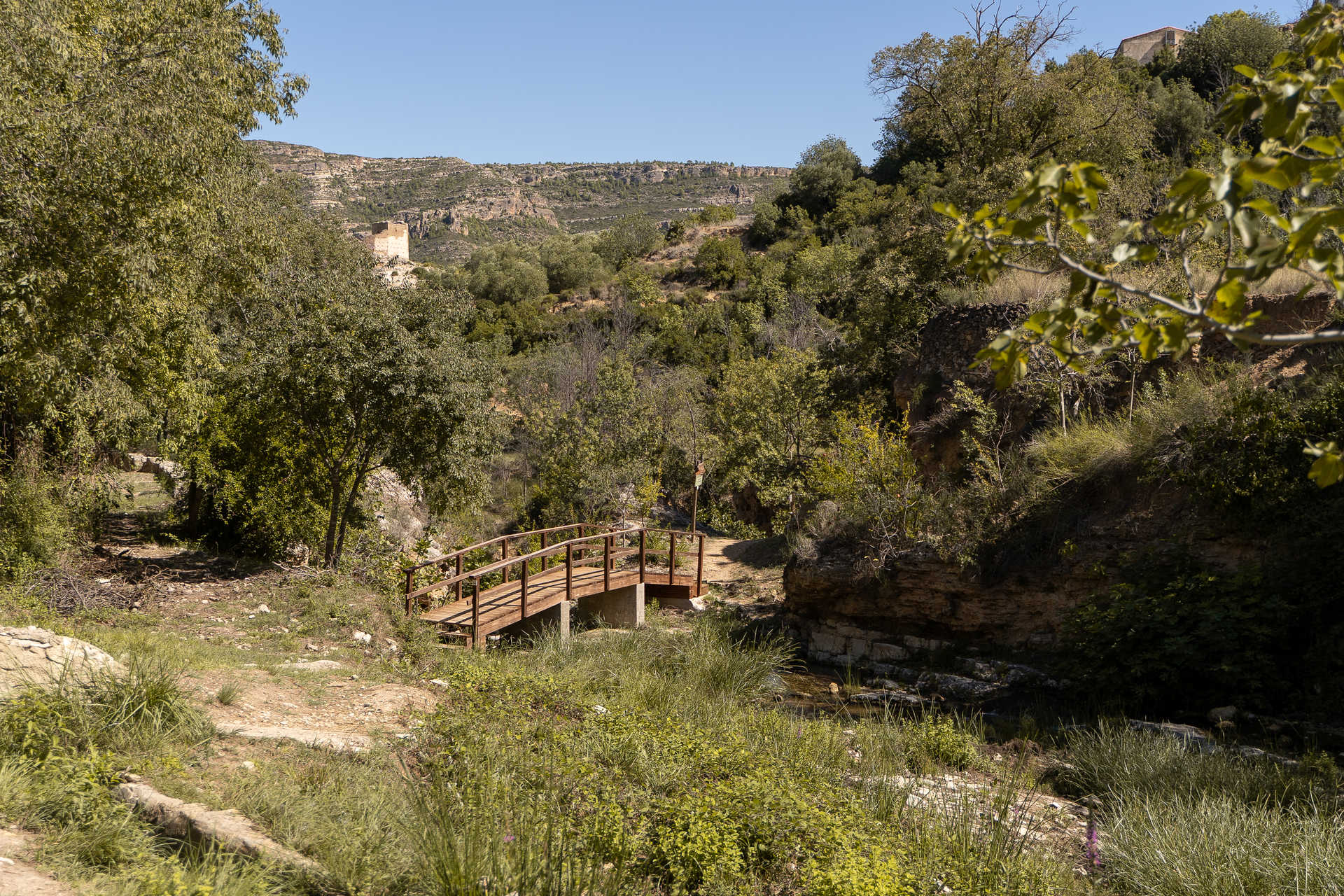
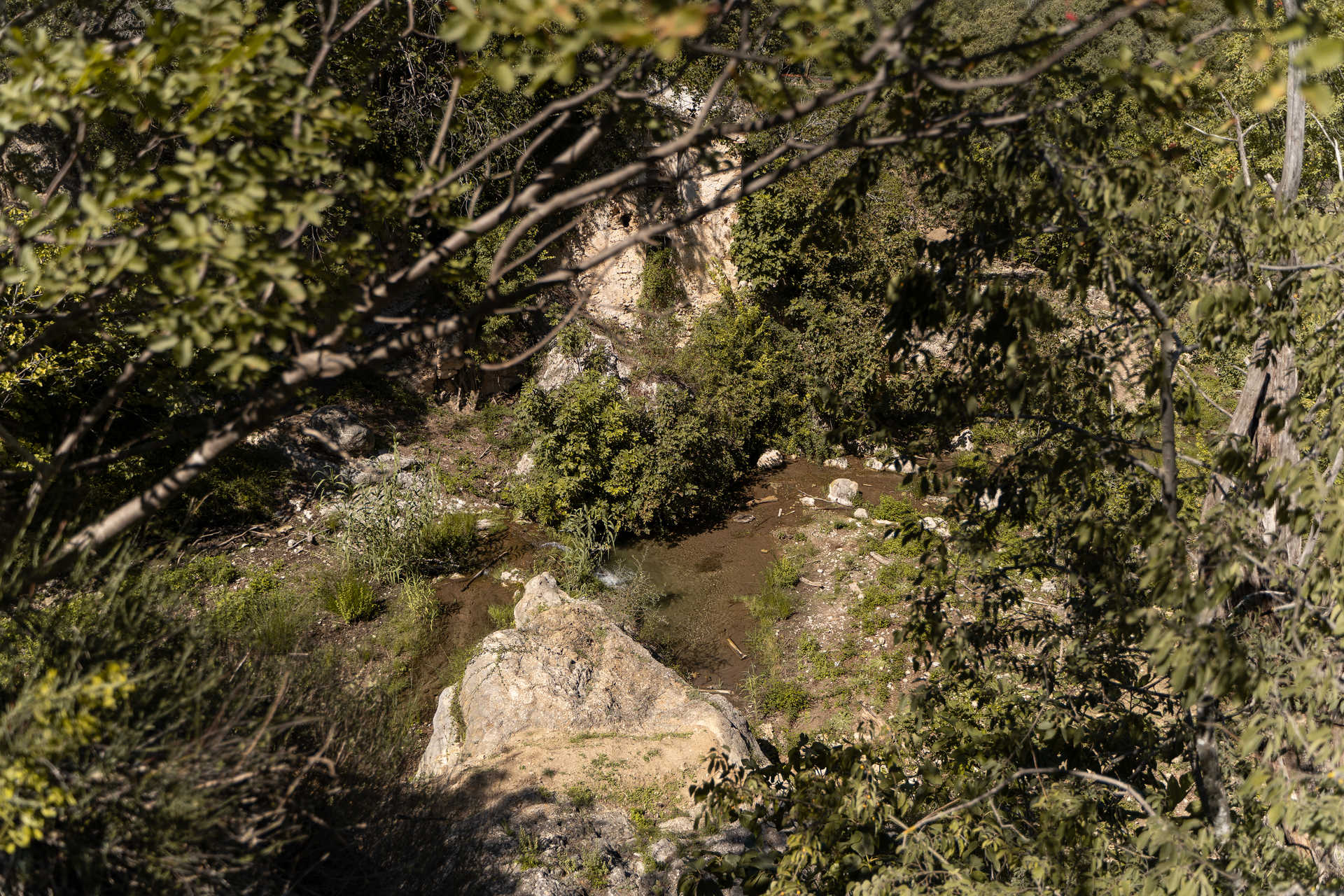
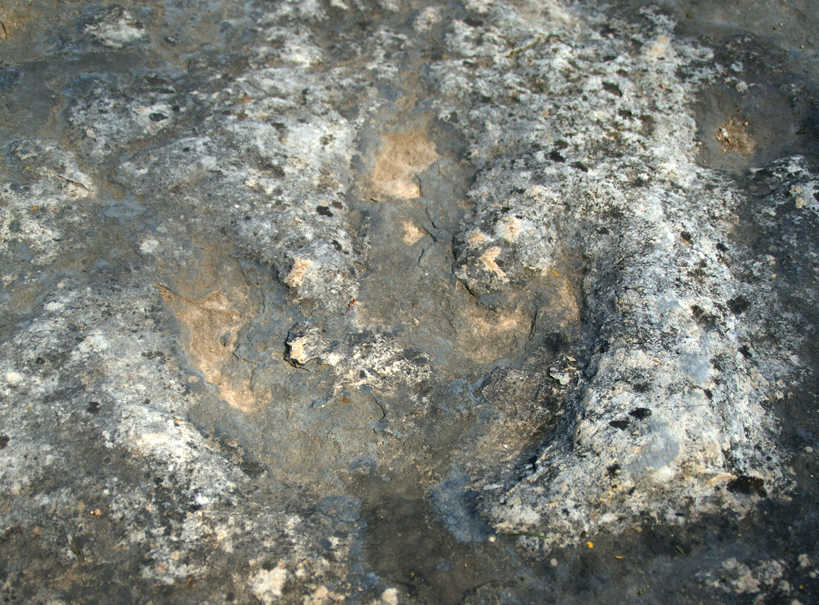
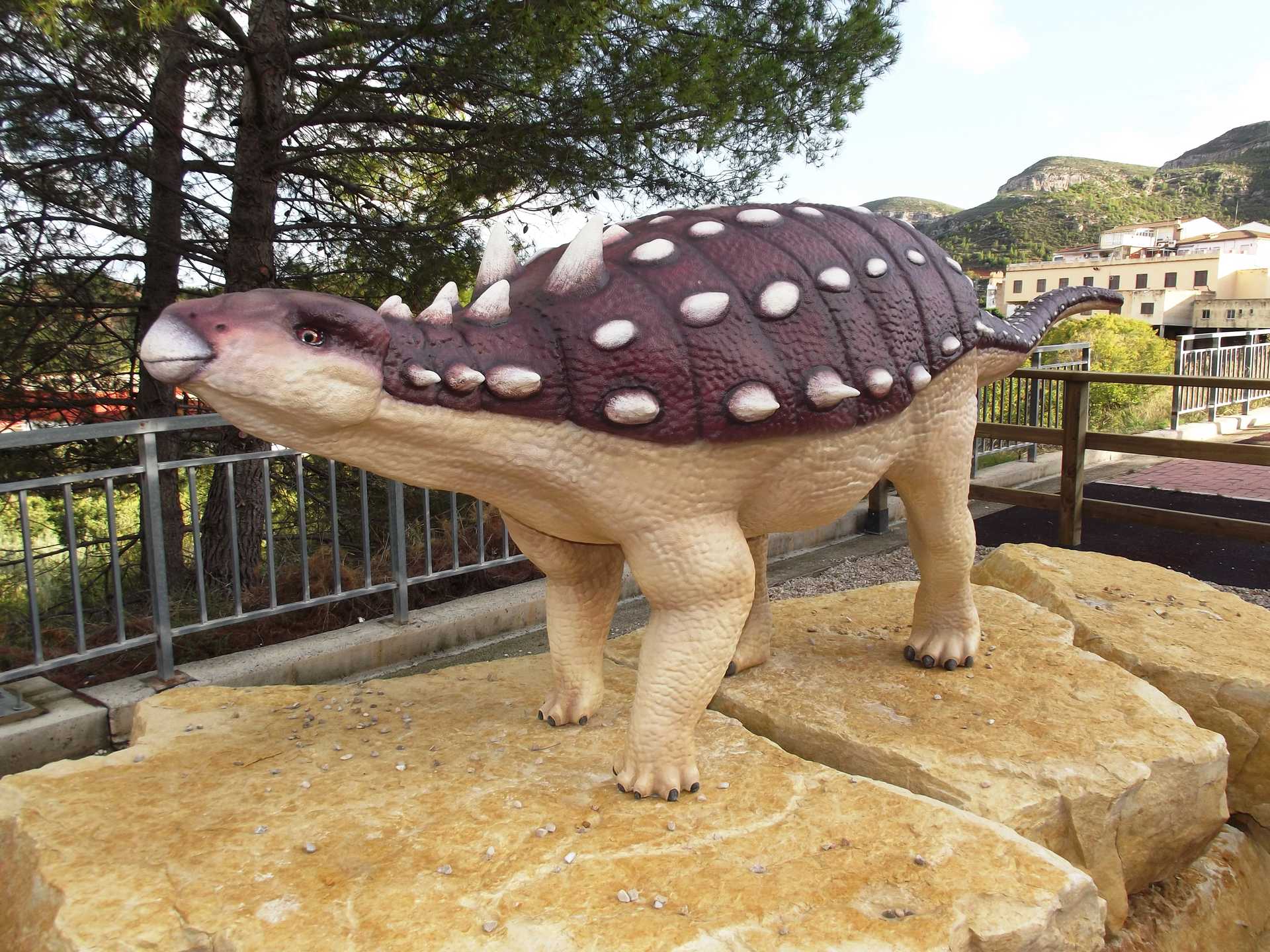
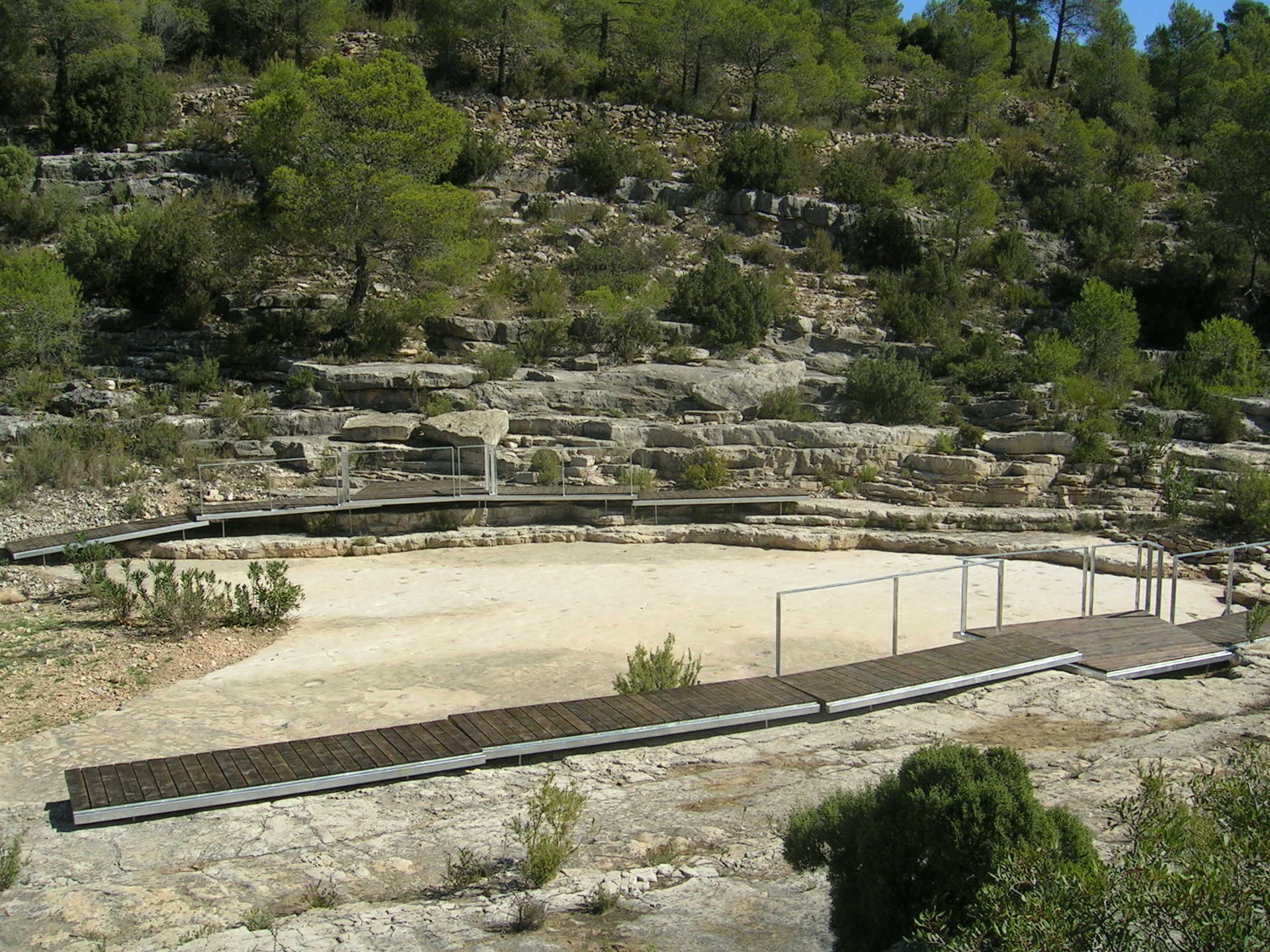
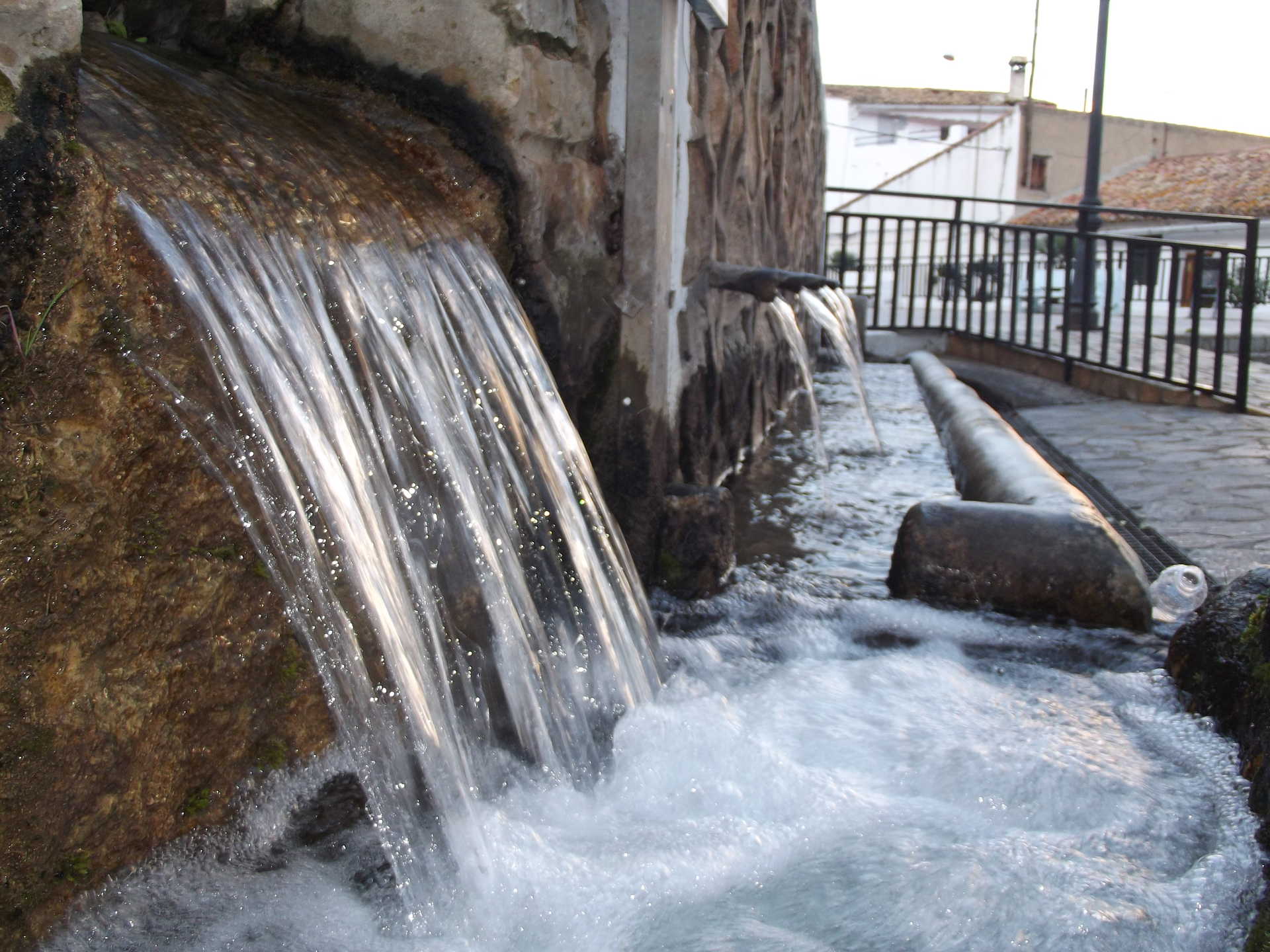
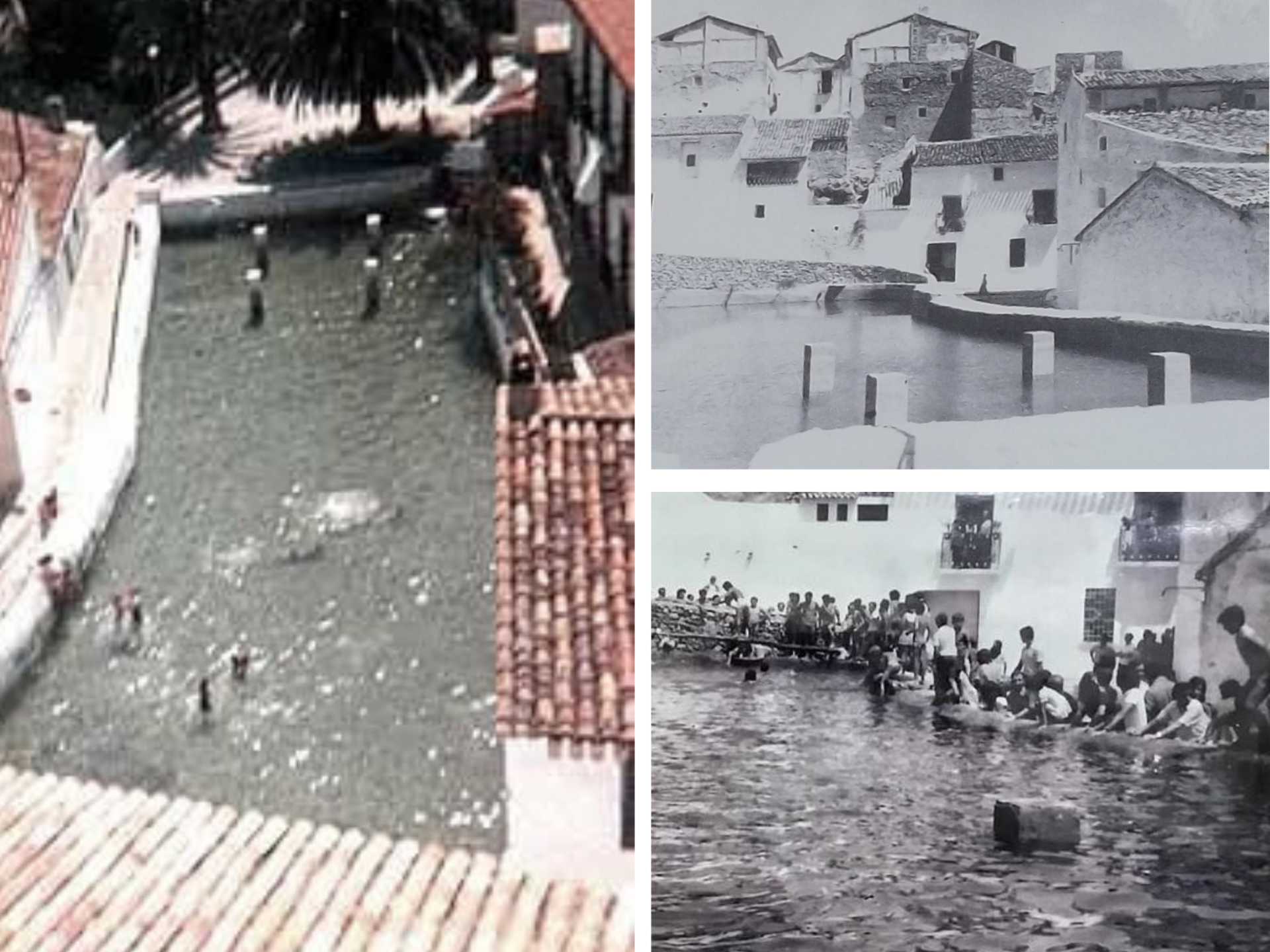
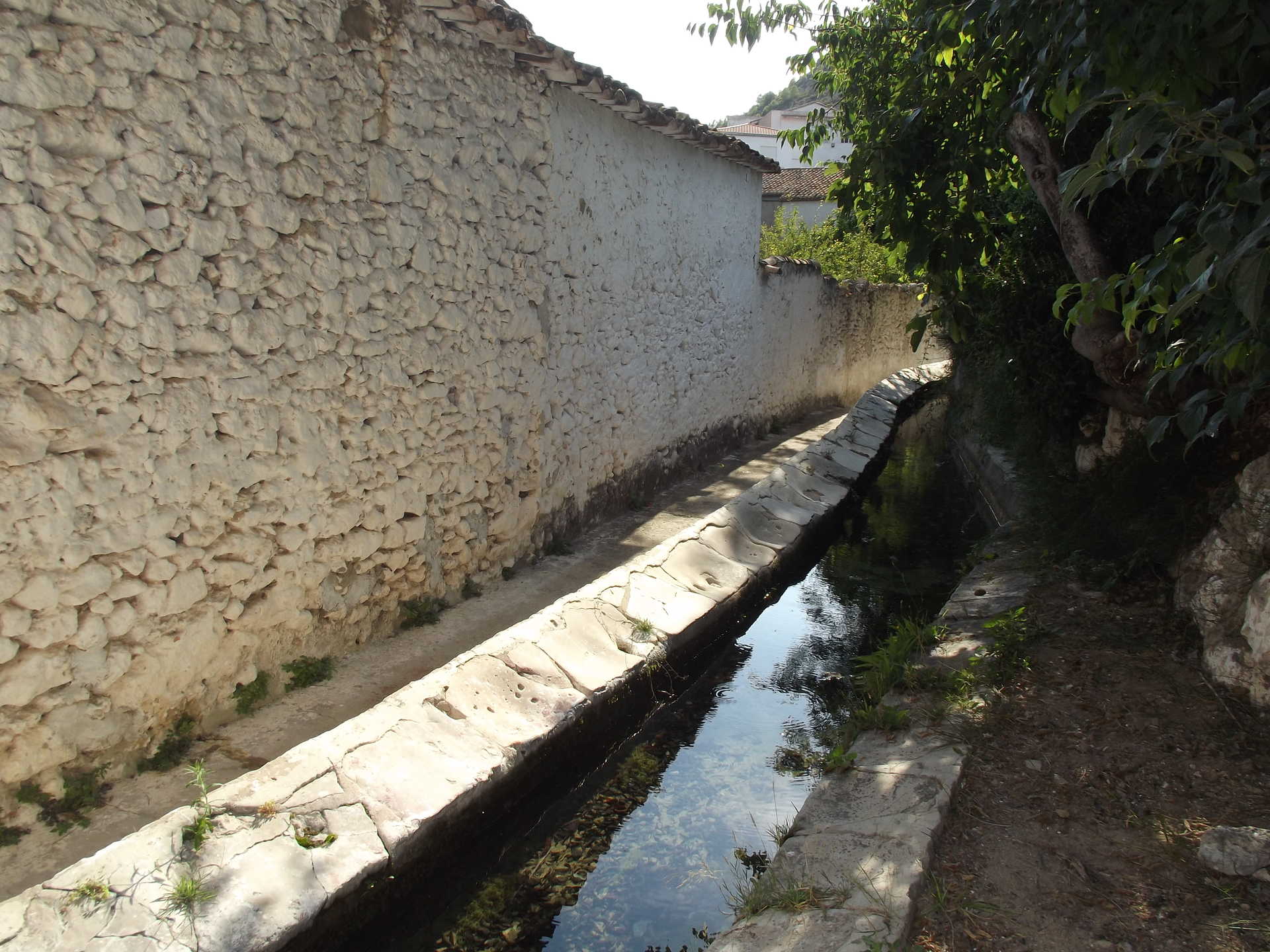
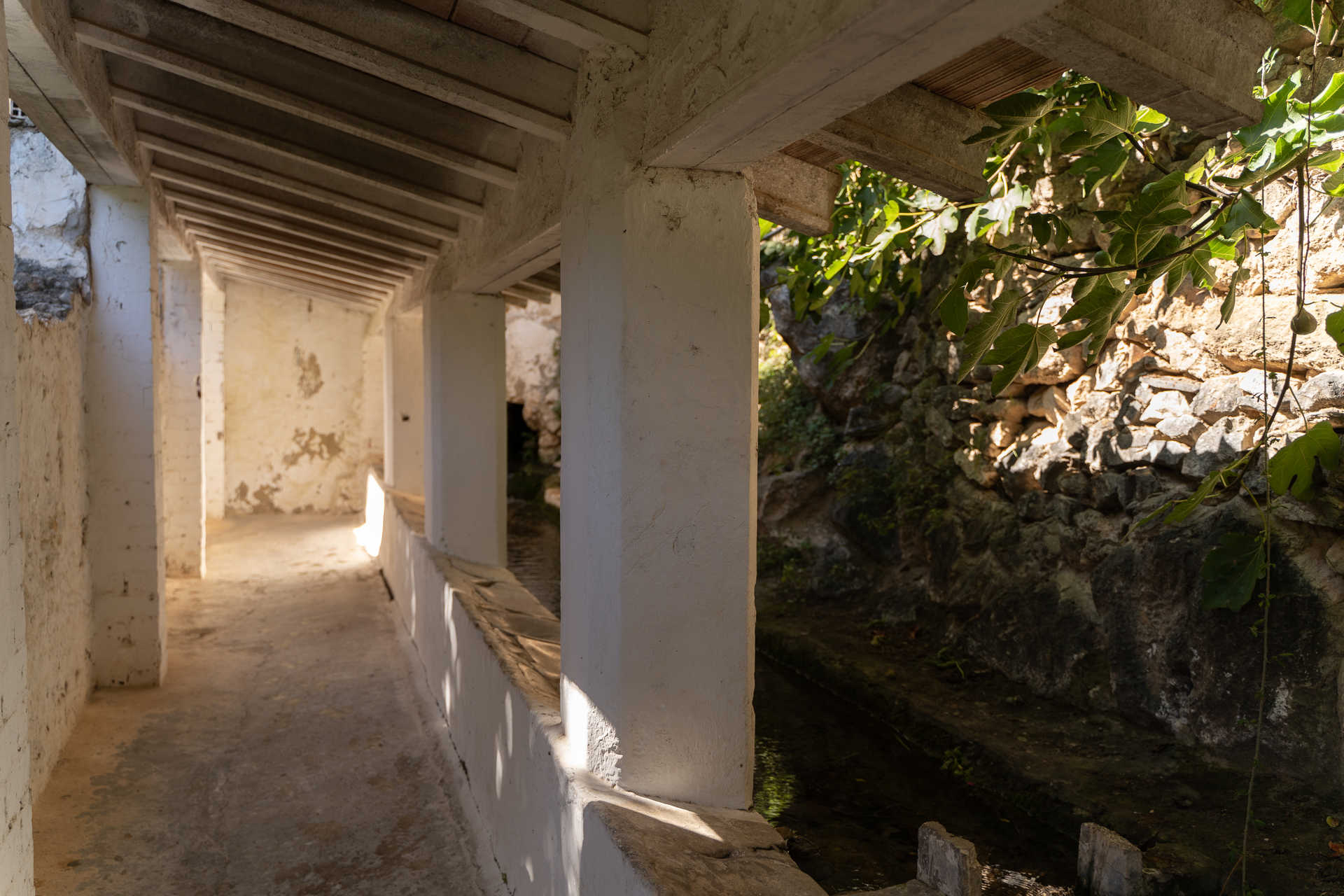
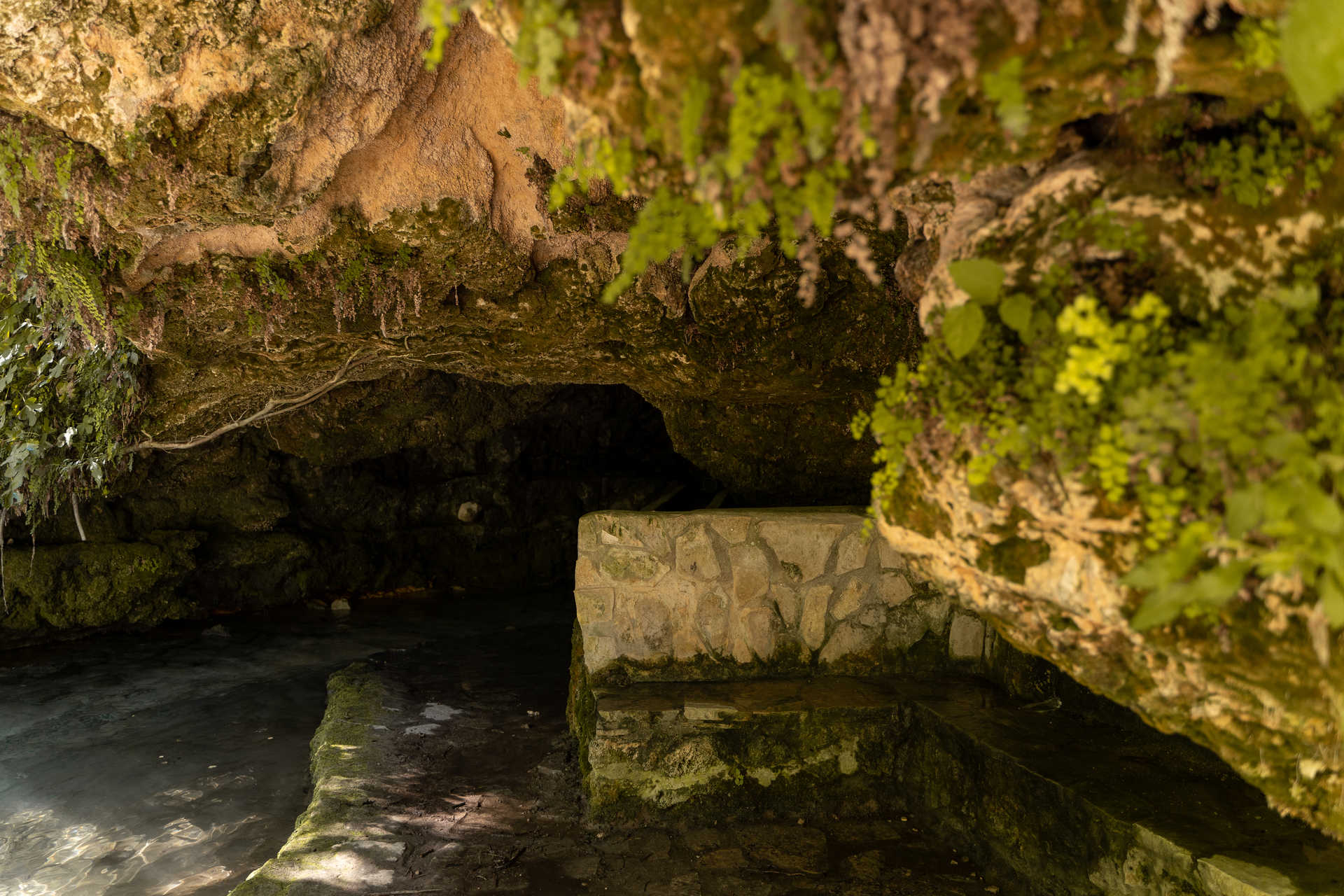
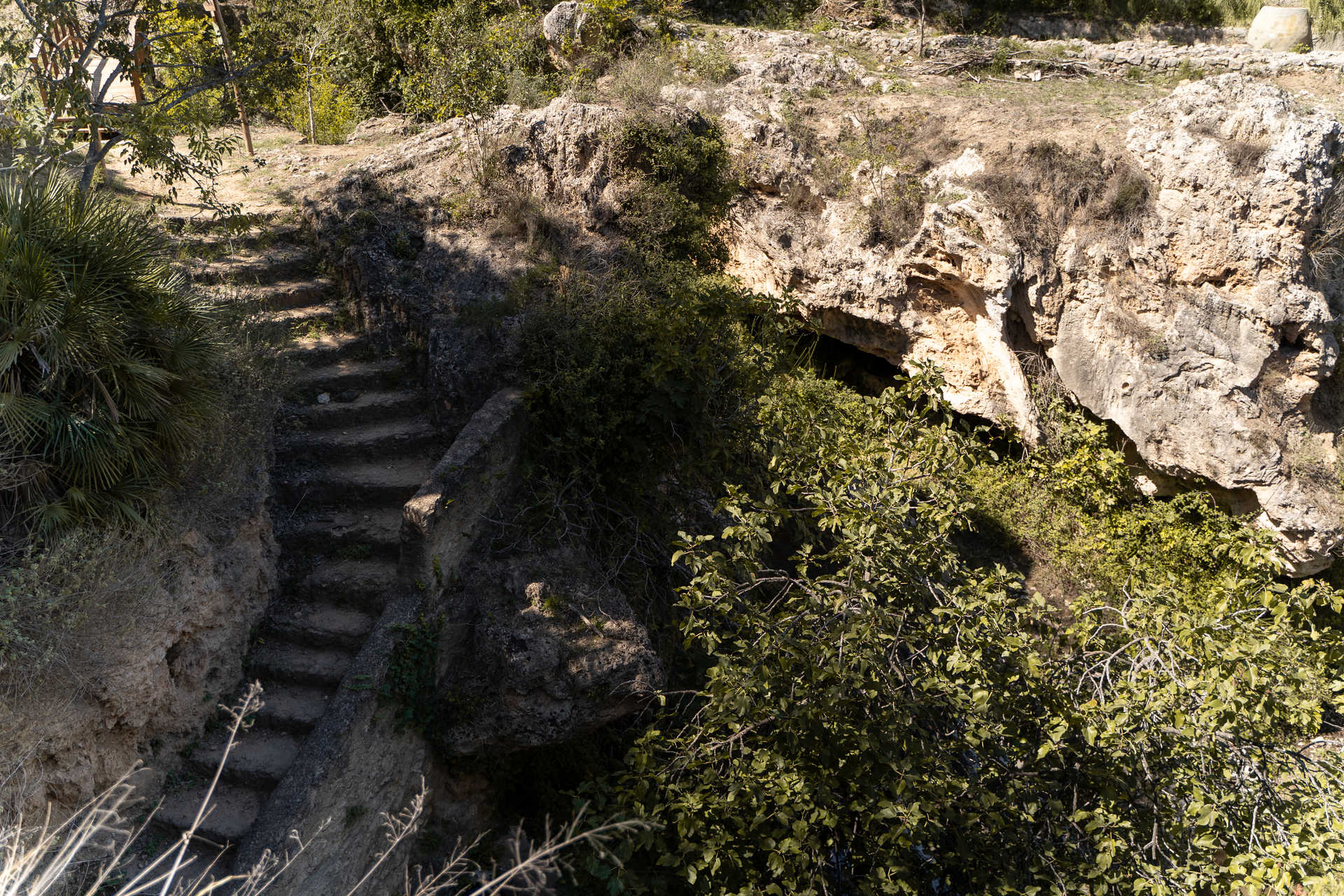
Multimedia Gallery













Discover a destination that has plenty to see and do. Read on to find out everything you’ll want to get up to on your trip.
Located in Canal de Navarrés in inland province of Valencia, Millares is a municipality with plenty of surprises up its sleeves. Your getaway will be full of culture and nature as well as archaeological and even palaeontological sites. Come with us to discover the village’s sites and beauty spots.
What to do in Millares
To start, we’d recommend exploring Millares’ heritage sites, such as the section of the curtain wall that is still standing that was once part of the “Lower Castle” also known as “Castillet”, El Señor Territorial Palace, as well as Baroque La Transfiguración Parish Church. And then there are all the fountains and wash houses. In Millares, water has shaped not only the areas of natural beauty, but has also made the centre a charming one.
You can also visit the small museum collection dedicated to palaeontology and archaeology. The past has left behind some very interesting footprints in Millares that you won’t want to miss.
On the outskirts of the village, rock art has been discovered in caves and rock shelters that have withstood the passing of time. Las Donas Cave is a good example, and is open to visitors when you book your visit in advance. Other places to see rock art are Roser, Vicent and Los Chorradores rock shelters.
Beyond rock art, Millares is also home to dinosaur footprints and fossil tracks. You can see these at El Tambuc Archaeological Site, which is open to visitors. Just imagine how much your kids will love it.
The waterfalls are another of Millares’ attractions. You can take a walk along the river up to the “Monstruo” waterfall or Chorrador del Bosque. And you can even take a walk to explore the fountains or El Nacimiento ravine, or make your way to Los Moros Mill, finding spectacular scenery along the way.
And you won’t want to miss out on the gastronomy of Millares. You will love dishes like gachas and gazpachos, as well as the sausages and mojete typical of this part of Canal de Navarrés.









